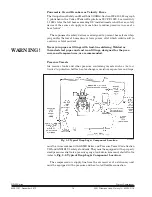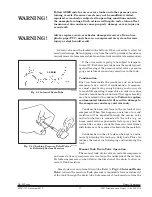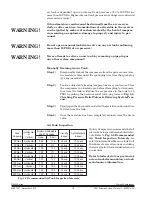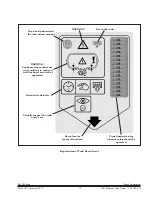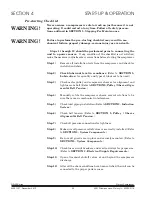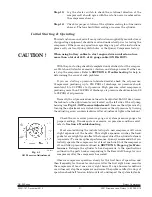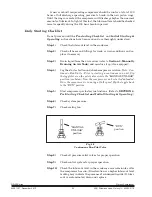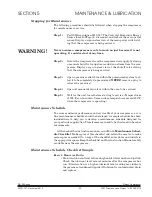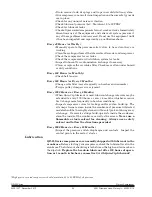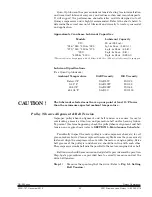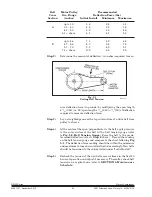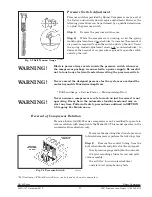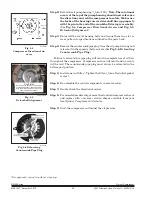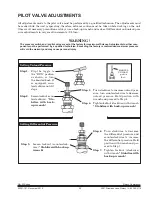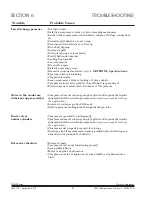
QR-25 Series
Quincy Compressor
52201-107, December 2012
15
3501 Wismann Lane, Quincy IL - 62305-3116
conditions, when properly serviced, in ac cordance with the maintenance sec
tion of this manual.
If, however, the compressor is to be installed in a location where consid
erable dust, dirt and other contaminants are prevalent, consult your local
Quincy distributor for advice and optional filters. A condensate trap must be
installed as close as possible to the inlet filter if, as a result of installation or
environmental conditions, there is any risk of moisture forming in the inlet
piping. It is the user’s responsibility to provide adequate filtration for those
conditions. Oil bath filters are not to be used. Warranty will be void if a failure
is determined to be caused by inadequate filtration.
Remote Inlet Filters
Depending on the size of the compressor and the size and construction of the
room in which the unit operates, the air inlet may have to be located outside
of the room. If it is necessary to remotely install the air filter, make the inlet
piping as short and direct as possible. Remotely in stalled air filters can lead
to vibrations in the inlet piping. These vibra tions can be minimized by adding
a pulsation dampener in the inlet piping between the remote inlet filter(s)
and the compressor.
If the intake is piped to outside atmosphere, a hooded filter should be
installed to prevent water or snow from being ingested into the compres sor.
All inlet piping should be at least the same size (or larger) in di ame ter
as the inlet connection to the compressor. For every 10 feet of inlet piping or
every 90° bend, increase the inlet piping diameter by one pipe size. The inlet
piping must be thoroughly clean inside. Remove all weld slag, rust or dirt.
Galvanized pipe with threaded or flanged fittings is preferred.
Never locate the compressor air inlet system where toxic, volatile
or corrosive vapors, air temperatures exceeding 100°F, water, or
extremely dirty air could be ingested. These types of at mospheres
could adversely affect the performance of the compres sor system.
Compressed Air Discharge System
The discharge piping should be of the same diameter as the compressor
discharge connection, or sized so that the pressure drop at any point in the
system does not exceed 10% of the air receiver pressure. Install aux iliary air
receivers near heavy loads or at the far end of a long system. This will insure
sufficient pressure if the use is intermittent, or sudden large demands are
placed on the system.
Discharge piping should slope to a drop leg (refer to Fig. 3-2, Typical
Drop Leg & Component Location) or moisture trap to pro vide a collection
point where moisture can be easily removed. All service line outlets should be
installed above the moisture traps to prevent moisture from entering the tool
or device using the air. Manual shutoff valves, protected by pressure relief
valves, should be installed at all service line outlets to eliminate leakage while
the tools are not in use.
As with any piping, all parts of the discharge piping should fit so as not to
create any stress between the piping and components.
CAUTION !
Summary of Contents for QR-25 210
Page 42: ......
















